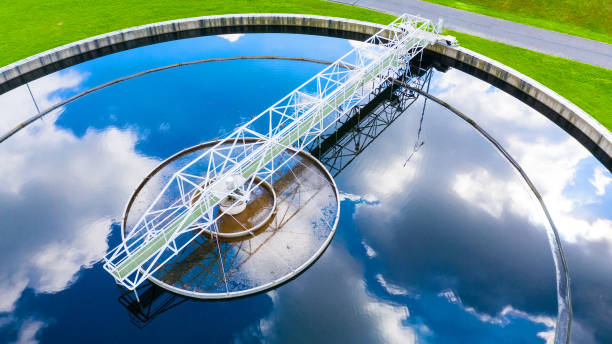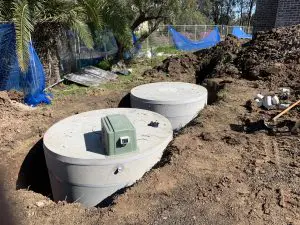A Guide to Closed-Loop Wastewater Recycling Systems

In an era where environmental consciousness is rapidly gaining ground, the concept of closed-loop wastewater recycling systems is emerging as a game-changer. These systems not only align with the global push towards sustainability but also offer practical solutions for industries and communities seeking to minimize their ecological footprint. In this blog, we’ll delve into what closed-loop wastewater recycling systems are, why they matter, and how their installation can revolutionize waste management practices.
Understanding Grey Water Recycling Systems

In an era where environmental sustainability is increasingly prioritized, innovative solutions for water conservation are gaining traction. Among these solutions, grey water recycling systems stand out as an effective way to reduce water consumption and minimize environmental impact.




